Home>Articles>How To Know If You Have A Carbon Monoxide Detector
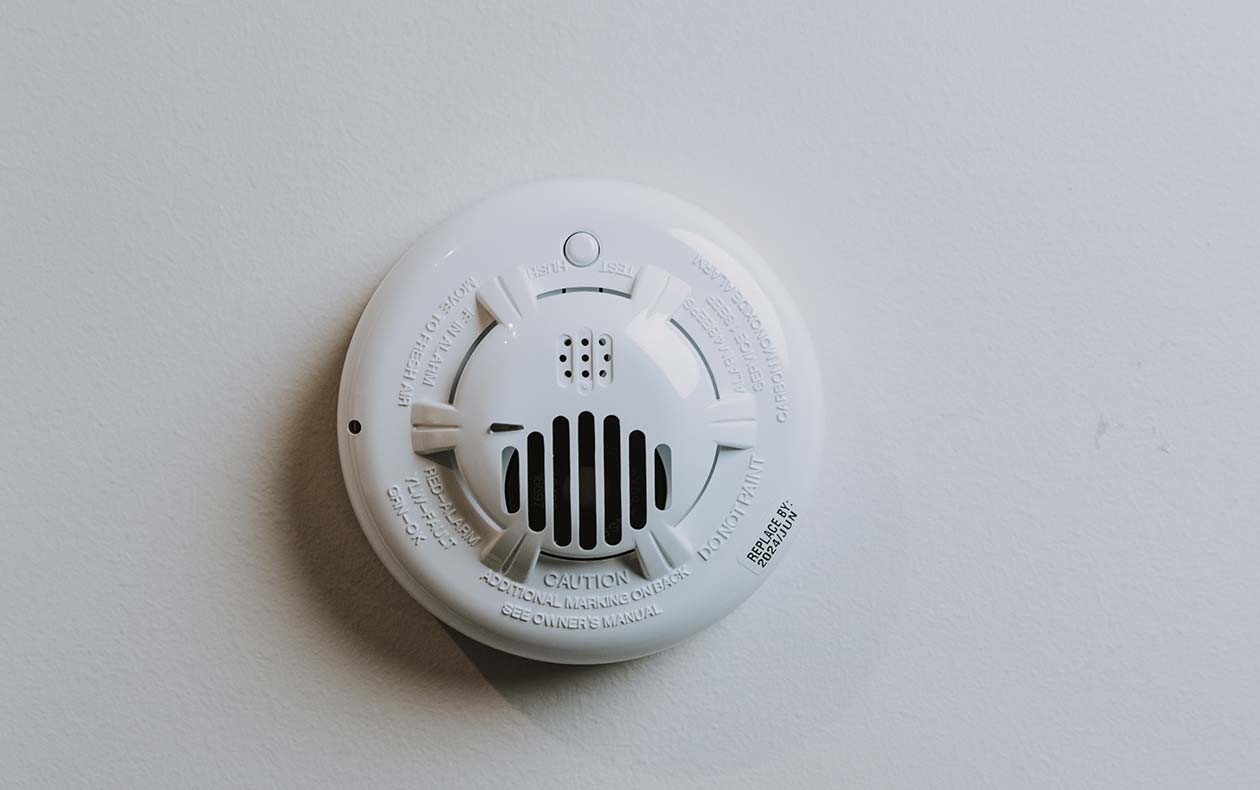

Articles
How To Know If You Have A Carbon Monoxide Detector
Modified: February 24, 2024
Learn how to determine if you have a carbon monoxide detector in your home with our informative articles. Stay safe and protected against this silent killer.
(Many of the links in this article redirect to a specific reviewed product. Your purchase of these products through affiliate links helps to generate commission for Storables.com, at no extra cost. Learn more)
Introduction
Welcome to the world of carbon monoxide detection! In this article, we will explore the importance of having a carbon monoxide detector in your home and how to know if you have one. Carbon monoxide is a dangerous gas that is odorless, colorless, and tasteless, making it almost impossible to detect without the help of a detector. Understanding the potential dangers of carbon monoxide and the role of detectors will empower you to take the necessary steps to protect yourself and your loved ones.
Carbon monoxide, often abbreviated as CO, is produced by the incomplete combustion of fossil fuels such as gas, oil, coal, and wood. It can be released from a variety of sources within your home, including gas stoves, furnaces, fireplaces, water heaters, and even cars or generators when operated in enclosed spaces. Without proper ventilation, carbon monoxide can accumulate to dangerous levels and pose a serious threat to your health and safety.
A carbon monoxide detector is a device that can detect the presence of carbon monoxide in the air and alert you to its presence. It works by continuously monitoring the air for the gas and producing an alarm or alert if it exceeds a certain concentration level. It is crucial to have a functioning carbon monoxide detector in your home, as it can provide early warning of a potential leak and allow you to take immediate action to prevent exposure.
Carbon monoxide poisoning is a serious matter that can lead to illness, injury, and even death if left undetected. The symptoms of carbon monoxide poisoning can be similar to those of the flu, including headache, dizziness, nausea, vomiting, confusion, and difficulty breathing. In severe cases, it can cause loss of consciousness and ultimately be fatal. Therefore, having a carbon monoxide detector is essential for the early detection and prevention of such incidents.
In the following sections of this article, we will delve deeper into how carbon monoxide detectors work, the signs and symptoms of carbon monoxide poisoning, how to test and maintain your detector, and other important considerations for ensuring the safety of your home and loved ones. Stay tuned to learn more about how to know if you have a carbon monoxide detector and how to keep yourself protected from this silent but deadly gas.
Key Takeaways:
- Protect your home and loved ones by installing carbon monoxide detectors near sleeping areas, on every level, and close to fuel-burning appliances. Regular testing and timely replacement ensure optimal safety.
- Recognize the signs of carbon monoxide poisoning, such as headaches, dizziness, and nausea, and take immediate action if detected. Stay informed about detector lifespan and legislation updates for enhanced safety.
What is Carbon Monoxide?
Carbon monoxide (CO) is a gas that cannot be detected by human senses. It is formed when carbon-based fuels, such as gas, oil, coal, and wood, do not burn completely. Common sources of carbon monoxide in the home include gas stoves, furnaces, fireplaces, water heaters, and vehicles. When these sources are not properly maintained or ventilated, carbon monoxide can accumulate indoors and become a serious health hazard.
Carbon monoxide is often called the “silent killer” because it is odorless, colorless, and tasteless. This means that without a carbon monoxide detector, it can go undetected until it’s too late. The gas quickly enters the bloodstream through the lungs and binds to hemoglobin, reducing its ability to carry oxygen to vital organs and tissues. Even low levels of carbon monoxide can cause symptoms such as headaches, dizziness, nausea, and confusion. In high concentrations, carbon monoxide poisoning can be fatal.
Exposure to carbon monoxide can occur in various situations. For example, a faulty gas heater or a blocked chimney can lead to the accumulation of carbon monoxide in a closed room. It can also happen when using a generator or cooking on a grill indoors without proper ventilation. Additionally, running a vehicle in an enclosed space, such as a garage, can release high levels of carbon monoxide, posing a serious risk to those nearby.
It’s important to note that everyone is susceptible to carbon monoxide poisoning, but certain groups are at a higher risk. Infants, the elderly, individuals with chronic heart or respiratory conditions, and pets are particularly vulnerable to the effects of carbon monoxide. Therefore, having a carbon monoxide detector in your home is crucial to protect yourself and your loved ones.
Carbon monoxide detectors are designed to measure the concentration of carbon monoxide in the air and sound an alarm when it exceeds a certain level. These detectors are widely available and can be battery-powered or hardwired into your home’s electrical system. Ideally, they should be installed on each level of your home, including near sleeping areas, to provide optimal protection.
By understanding what carbon monoxide is and the risks it poses, you can take the necessary precautions to prevent exposure. With a reliable carbon monoxide detector in place, you can have peace of mind knowing that you will be alerted to any potential danger and can mitigate the risk of carbon monoxide poisoning.
Why Do You Need a Carbon Monoxide Detector?
Having a carbon monoxide (CO) detector in your home is essential for several reasons. Carbon monoxide is a highly toxic gas that poses a serious health risk, and without a detector, it can go undetected until it’s too late. Here are some key reasons why you need a carbon monoxide detector:
- Early Warning: A carbon monoxide detector is your first line of defense against this silent killer. It continuously monitors the air for the presence of carbon monoxide and alerts you if levels become unsafe. This early warning allows you to take immediate action and evacuate the premises, call emergency services, or address the source of the carbon monoxide leak.
- Protects You While You Sleep: Carbon monoxide incidents often occur during the night when people are asleep and unaware of the danger. Since carbon monoxide is odorless and can’t be detected by human senses, a detector is crucial for alerting you to the presence of the gas while you sleep. This ensures that you and your family can wake up and evacuate if necessary.
- Prevents Carbon Monoxide Poisoning: Exposure to high levels of carbon monoxide can lead to carbon monoxide poisoning, which can cause serious health complications and even death. Symptoms of carbon monoxide poisoning can mimic the flu, with headaches, dizziness, nausea, and confusion being common. By having a detector, you can prevent or mitigate the risk of carbon monoxide poisoning by taking swift action.
- Required by Law: In many jurisdictions, it is now a legal requirement to have a carbon monoxide detector installed in residential properties. These laws aim to protect occupants from the dangers of carbon monoxide and ensure a safe living environment. Failure to comply with these regulations may result in penalties or legal consequences.
- Peace of Mind: Having a carbon monoxide detector in your home provides peace of mind, knowing that you have an additional layer of protection against a potentially life-threatening gas. It allows you to go about your daily activities and rest at night with the assurance that you will be alerted if carbon monoxide levels become unsafe.
Remember, carbon monoxide is impossible to detect without a detector, and it can quickly reach dangerous levels. Investing in a carbon monoxide detector is a small price to pay for the peace of mind and the added safety it provides to you and your loved ones. Ensure that you regularly test and maintain your detector to ensure its reliability and effectiveness in detecting carbon monoxide.
How Does a Carbon Monoxide Detector Work?
Carbon monoxide (CO) detectors are designed to monitor the air for the presence of carbon monoxide gas and provide an early warning in the event of a leak. Understanding how these detectors work can help you appreciate their importance and make informed decisions regarding their installation and maintenance.
Most carbon monoxide detectors utilize one of two methods for detecting the gas: electrochemical sensors or biomimetic gel sensors.
Electrochemical Sensors: These sensors consist of electrodes immersed in a chemical solution. When carbon monoxide molecules interact with the electrodes, a chemical reaction occurs, producing an electrical current. The device measures this current to determine the concentration of carbon monoxide in the air. If the detected levels exceed a predetermined threshold, the detector triggers an audible alarm to alert occupants.
Biomimetic Gel Sensors: These sensors incorporate a gel that changes color in the presence of carbon monoxide. The gel is specially formulated to mimic the behavior of hemoglobin, the protein in our blood that reacts with carbon monoxide. When carbon monoxide molecules come into contact with the gel, it undergoes a chemical reaction, causing it to change color. This color change is then detected by the detector, triggering the alarm.
The sensitivity of carbon monoxide detectors can vary depending on the type and quality of the sensor. Some detectors may also feature additional sensors to detect other gases and increase their versatility.
Carbon monoxide detectors typically have a power source, either battery-powered or connected to the electrical system of the home. Battery-powered detectors are portable and can be easily installed anywhere, while hardwired detectors provide continuous power without the need for battery replacement.
It is important to place carbon monoxide detectors in appropriate locations for optimal coverage. Install them on each level of your home, preferably near sleeping areas, to ensure early detection and timely warnings. It is recommended to follow the manufacturer’s instructions for proper installation and placement.
Regular testing and maintenance of carbon monoxide detectors are essential to ensure their proper functioning. Testing the detector monthly and replacing batteries or the entire unit when necessary will help guarantee reliable performance. Some detectors have built-in self-diagnostic features that perform regular checks on the sensor’s functionality and raise an alert if any issues are detected.
By understanding how carbon monoxide detectors work and taking the necessary precautions to install, test, and maintain them, you can provide a safer living environment for you and your family. These detectors are an essential tool in preventing carbon monoxide poisoning and mitigating the risks associated with this hazardous gas.
Signs and Symptoms of Carbon Monoxide Poisoning
Carbon monoxide (CO) poisoning is a serious health concern that can be life-threatening if left untreated. Recognizing the signs and symptoms of carbon monoxide poisoning is crucial for early detection and prompt action. Here are some common indicators that may suggest carbon monoxide exposure:
- Headache: Headaches are one of the most common symptoms of carbon monoxide poisoning. They are often described as persistent and throbbing, similar to a migraine.
- Dizziness and Weakness: Feeling lightheaded, dizzy, or weak can be a sign of carbon monoxide poisoning. These symptoms are often accompanied by a general feeling of fatigue and difficulty in staying alert.
- Nausea and Vomiting: Carbon monoxide exposure can cause stomach discomfort, nausea, and vomiting. If these symptoms occur suddenly and without an apparent cause, it’s important to consider the possibility of carbon monoxide poisoning.
- Confusion and Disorientation: High levels of carbon monoxide can impair cognitive function, leading to confusion, memory problems, difficulty concentrating, and overall mental disorientation.
- Shortness of Breath: Carbon monoxide affects the ability of blood to carry oxygen, which can manifest as difficulty in breathing and feelings of breathlessness.
- Chest Pain: In some cases, carbon monoxide poisoning may cause chest pain or tightness, mimicking symptoms of a heart attack.
- Flu-like Symptoms: Carbon monoxide poisoning can sometimes resemble flu symptoms, including fever, chills, aches, and a general feeling of being unwell. If you experience these symptoms but do not have other typical signs of the flu, consider carbon monoxide exposure.
- Loss of Consciousness: In severe cases, carbon monoxide poisoning can lead to loss of consciousness or fainting. Immediate medical attention is necessary if this occurs.
It is important to note that the severity and combination of symptoms can vary depending on the concentration of carbon monoxide and the duration of exposure. Furthermore, different individuals may exhibit different symptoms or react differently to carbon monoxide. Additionally, certain vulnerable groups such as infants, the elderly, and individuals with pre-existing respiratory or cardiovascular conditions may experience more severe symptoms at lower concentrations of carbon monoxide.
If you suspect carbon monoxide poisoning or experience any of the mentioned symptoms, take the following steps:
- Immediately move to a well-ventilated area with fresh air.
- Call emergency services or the designated helpline number for your country.
- Seek medical attention and inform healthcare professionals about your potential carbon monoxide exposure.
- Do not re-enter the affected area until professionals have deemed it safe.
Remember, carbon monoxide is a silent and dangerous gas, and without a CO detector, it’s challenging to detect its presence. Being aware of the signs and symptoms of carbon monoxide poisoning allows you to act swiftly and protect yourself and your loved ones from this hazardous gas.
Check the manufacturer’s instructions or look for a label on the detector to see if it is a carbon monoxide detector. If in doubt, consult a professional to ensure your safety.
How to Test Your Carbon Monoxide Detector
Regularly testing your carbon monoxide (CO) detector is essential to ensure its proper functioning and reliability in detecting this toxic gas. Here are step-by-step instructions on how to test your carbon monoxide detector:
- Read the Manufacturer’s Instructions: Start by carefully reading the user manual or instructions provided by the manufacturer. Different models of detectors may have specific testing procedures or requirements.
- Alert Household Members: Inform everyone in your household that you will be conducting a test on the carbon monoxide detector. The test may trigger the alarm, so it’s important for everyone to be prepared.
- Choose the Testing Method: Most carbon monoxide detectors have a dedicated button for manual testing. Press and hold this button for a few seconds to initiate the testing process. Alternatively, some detectors may require you to use a testing kit specifically designed for carbon monoxide detectors.
- Listen for the Alarm: Upon initiating the test, the carbon monoxide detector should sound an alarm after a few seconds. Listen for the loud, distinctive beeping sound, indicating that the detector is working properly. Pay attention to the volume and clarity of the alarm.
- Check the Display: Some carbon monoxide detectors have a digital display that shows the detected carbon monoxide levels. Ensure that the display is functioning correctly and shows zero or a low concentration of carbon monoxide during the test.
- Reset the Detector: After completing the test, reset the carbon monoxide detector to its normal operating mode. Refer to the manufacturer’s instructions for the specific method to reset your detector, as it may vary between models.
- Document the Test: Keep a record of the date and results of each test performed on your carbon monoxide detector. This documentation can serve as a reference for future checks and provide evidence of proper maintenance.
It is important to note that testing your carbon monoxide detector should be performed on a regular basis, following the manufacturer’s recommendations. Most manufacturers suggest conducting monthly tests to ensure that the detector is in working order. However, refer to the specific guidelines provided with your detector to determine the recommended testing frequency.
If your carbon monoxide detector fails to sound the alarm during the test, first check the battery or power supply to ensure it is properly connected and functional. If the problem persists, contact the manufacturer or replace the detector promptly to ensure the continued safety of your household.
Remember, testing your carbon monoxide detector regularly is a small yet crucial step in protecting yourself and your family from the dangers of carbon monoxide. By following these simple testing procedures, you can have confidence in the reliable operation of your detector and ensure your home remains a safe environment.
How Long Do Carbon Monoxide Detectors Last?
Carbon monoxide (CO) detectors play a critical role in safeguarding your home and family from this silent and deadly gas. However, like any electronic device, carbon monoxide detectors have a specific lifespan. Understanding the lifespan of a carbon monoxide detector is important for ensuring its effectiveness and ultimately protecting your loved ones.
The lifespan of a carbon monoxide detector can vary depending on several factors, including the model, brand, and manufacturer’s specifications. In general, most carbon monoxide detectors have a lifespan ranging from five to seven years. However, it is important to note that this time frame is an estimate, and some detectors may have a shorter or longer lifespan.
Most manufacturers mark the expiration date or recommended replacement date on the back or underside of the detector. Pay attention to this information and replace your detector accordingly, even if it appears to be functioning correctly. It is essential to adhere to the manufacturer’s guidelines to ensure the reliability of the detector and maintain the highest level of safety.
While carbon monoxide detectors may continue to operate beyond their recommended lifespan, their sensitivity to detecting carbon monoxide may decrease over time. As detectors age, their sensors may become less responsive, leading to delayed or inaccurate readings. Therefore, it is crucial to replace your carbon monoxide detector within the recommended time frame to ensure the highest level of protection.
In addition to the overall lifespan, the sensors within carbon monoxide detectors may also have different operational lifetimes. Electrochemical sensors, for example, tend to have a shorter lifespan compared to biomimetic gel sensors. However, consult the manufacturer’s instructions or specifications to determine the specific lifespan of the sensor in your detector.
Regular testing and maintenance are essential even within the lifespan of the detector. Perform monthly tests to ensure the alarm sounds and the detector is functioning correctly. Regularly check and replace the batteries if necessary, following the manufacturer’s recommendations.
It’s worth noting that environmental factors can impact the lifespan of carbon monoxide detectors. Excessive humidity or exposure to extreme temperatures can accelerate the deterioration of the detector’s components. Ensure that your detector is installed in an appropriate location away from excessive moisture, heat sources, and direct sunlight.
Ultimately, replacing your carbon monoxide detector within the recommended lifespan is a vital step in maintaining a safe living environment. By doing so, you can have peace of mind knowing that your detector is reliable and effective in detecting carbon monoxide, providing you and your loved ones with an early warning in the event of a leak.
Where to Place Your Carbon Monoxide Detector
Proper placement of carbon monoxide (CO) detectors is crucial for their effective functioning and to ensure early detection of this dangerous gas. Follow these guidelines to determine the ideal locations for installing your carbon monoxide detectors:
- Near Sleeping Areas: Install a carbon monoxide detector in each bedroom or within close proximity to sleeping areas. This is essential because people are most vulnerable to carbon monoxide poisoning when they are asleep and may not notice the early symptoms.
- On Each Level of the Home: Place a carbon monoxide detector on every level of your home, including the basement and attic. Carbon monoxide is a gas that can quickly spread throughout the house, so having detectors on each level ensures thorough coverage.
- Near Fuel-Burning Appliances: Install a CO detector in close proximity to fuel-burning appliances, such as gas stoves, furnaces, fireplaces, and water heaters. This helps to detect any potential leaks or malfunctions in these appliances, as they may be a common source of carbon monoxide in the home.
- Adjacent to Attached Garages: If your home has an attached garage, place a carbon monoxide detector near the door that connects the garage to the living area. Carbon monoxide can accumulate in the garage from vehicle emissions or equipment operating inside, and it can seep into the living spaces if not properly ventilated.
- Outside Sleeping Areas in Multi-Unit Buildings: In multi-unit buildings or apartment complexes, consider installing carbon monoxide detectors outside each sleeping area, such as in hallways or common areas. This ensures that each unit is protected, as carbon monoxide can travel between adjacent units.
- Avoid Obstructions: Install carbon monoxide detectors at least 5 feet away from fuel-burning appliances and away from curtains, furniture, or other obstructions that could block the detection of carbon monoxide or prevent the alarm from being heard.
- Follow Manufacturer’s Instructions: Always refer to the manufacturer’s guidelines regarding placement and installation. Different models may have specific recommendations, so take the time to read the instructions and follow them accordingly.
Remember that carbon monoxide is slightly lighter than air, so detectors can be placed either on the ceiling or at chest height. However, it is still essential to refer to the manufacturer’s recommendations for the specific installation instructions for your detector.
Regularly test your carbon monoxide detectors to ensure they are functioning properly. Follow the manufacturer’s instructions for testing and maintenance, and replace batteries as necessary. It is also recommended to replace carbon monoxide detectors according to the manufacturer’s recommended lifespan, typically every 5 to 7 years.
By strategically placing carbon monoxide detectors in appropriate locations throughout your home, you can ensure early detection of carbon monoxide and take immediate action to protect yourself and your loved ones from this hazardous gas.
When to Replace Your Carbon Monoxide Detector
Carbon monoxide (CO) detectors are designed to provide early warnings and protect you and your family from the dangers of carbon monoxide poisoning. However, like any electronic device, carbon monoxide detectors have a limited lifespan. Understanding when to replace your carbon monoxide detector is crucial for maintaining its effectiveness and ensuring the continued safety of your home.
The general lifespan of a carbon monoxide detector is typically between 5 to 7 years. However, it’s important to note that this time frame can vary depending on the manufacturer and specific model. To determine the specific lifespan of your carbon monoxide detector, refer to the manufacturer’s instructions or documentation.
Here are some key indicators that suggest it’s time to replace your carbon monoxide detector:
- Expired Date: Many carbon monoxide detectors have a printed expiration date on the device or packaging. If the date has passed, it is important to replace the detector, even if it still appears to be functioning properly. This ensures that you have the most up-to-date technology and reliability in detecting carbon monoxide.
- Age of the Detector: If you’re unable to find an expiration date, consider the age of your carbon monoxide detector. It is recommended to replace detectors that are more than 5 to 7 years old, even if they seem to be working fine. Over time, the sensors in the detector may lose their sensitivity, reducing the detector’s ability to detect low-level carbon monoxide leaks.
- Frequent False Alarms: If your carbon monoxide detector consistently produces false alarms, even after troubleshooting and ensuring proper installation, it may be time to replace it. False alarms can be a sign of aging components or malfunctioning sensors that compromise the detector’s reliability.
- Malfunctions or Errors: Any malfunction, error messages, or inconsistent readings from your carbon monoxide detector should not be ignored. These signs may indicate a problem with the detector’s internal components or sensors, and replacement is necessary to ensure accurate and reliable detection.
- End of Sensor Lifespan: Some carbon monoxide detectors have sensors with a specified lifespan. If the sensor reaches the end of its lifespan, as indicated by the manufacturer, it is crucial to replace the detector. Continuing to use a detector with an expired sensor can lead to inaccurate readings or failure in detecting potentially dangerous levels of carbon monoxide.
- Change in Legislation or Standards: Stay informed about any changes in legislation or safety standards regarding carbon monoxide detectors. If there are updates to regulations, it may require you to replace your existing detector with a newer, compliant model.
Regular testing and maintenance of your carbon monoxide detector also play a vital role in ensuring its effectiveness. Follow the manufacturer’s instructions for conducting monthly tests and replacing batteries as needed.
Remember, carbon monoxide is a silent and potentially lethal gas, and a functioning and up-to-date detector is your first line of defense. By replacing your carbon monoxide detector within the recommended timeframe or when any signs of malfunction or expiration arise, you can maintain a high level of safety for yourself and your loved ones.
Conclusion
Carbon monoxide is a dangerous gas that cannot be detected by human senses, making it a silent and deadly threat in our homes. Having a carbon monoxide detector is essential to protect yourself and your loved ones from the potentially life-threatening effects of this gas. Throughout this article, we have explored the importance of carbon monoxide detectors and provided valuable information on how to ensure their effectiveness.
We learned that carbon monoxide is produced by the incomplete combustion of fuels and is often emitted from household appliances such as gas stoves, furnaces, fireplaces, and water heaters. Without proper ventilation, carbon monoxide can build up to dangerous levels and pose a serious risk to our health and safety.
Carbon monoxide detectors work by continuously monitoring the air for carbon monoxide and sound an alarm when it reaches a threshold concentration. They use various sensing technologies such as electrochemical or biomimetic gel sensors to detect the presence of carbon monoxide. It is important to test these detectors regularly to ensure their proper functioning.
The signs and symptoms of carbon monoxide poisoning can be subtle and mimic other common illnesses. Headaches, dizziness, nausea, confusion, and shortness of breath are some of the warning signs that should not be ignored. Detecting these symptoms early and taking immediate action can save lives.
We also discussed the ideal placement of carbon monoxide detectors, recommending installation near sleeping areas, on each level of the home, near fuel-burning appliances, and adjacent to attached garages. Proper placement ensures maximum coverage and early detection of carbon monoxide leaks.
Carbon monoxide detectors have a limited lifespan, typically ranging from 5 to 7 years. It is important to replace your detector within the recommended timeframe or when it shows signs of malfunction. Regular testing, maintenance, and compliance with manufacturer’s guidelines are crucial for their optimal performance.
In conclusion, the safety and well-being of our homes and loved ones should always be a top priority. By understanding the importance of carbon monoxide detectors, recognizing the signs of carbon monoxide poisoning, and properly installing and maintaining detectors, we can protect ourselves from the dangers of this harmful gas. Remember, a functioning carbon monoxide detector can provide valuable peace of mind, allowing you to stay one step ahead of this silent killer.
Frequently Asked Questions about How To Know If You Have A Carbon Monoxide Detector
Was this page helpful?
At Storables.com, we guarantee accurate and reliable information. Our content, validated by Expert Board Contributors, is crafted following stringent Editorial Policies. We're committed to providing you with well-researched, expert-backed insights for all your informational needs.
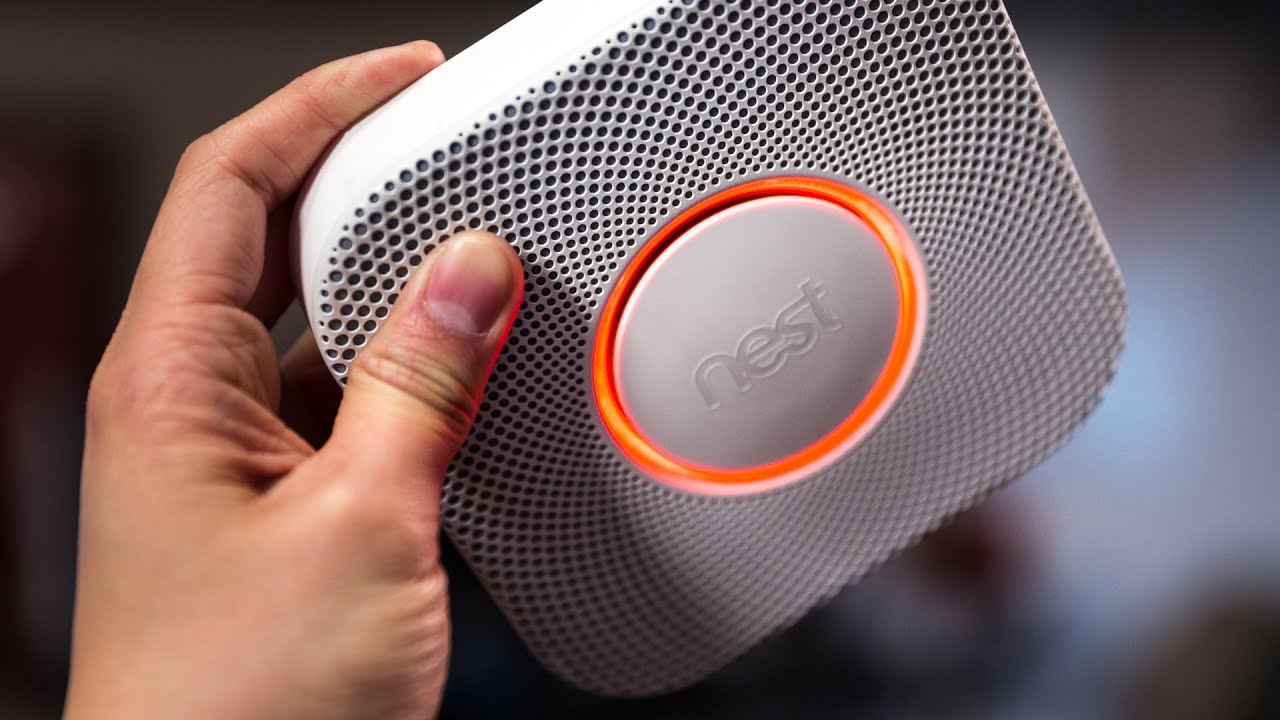
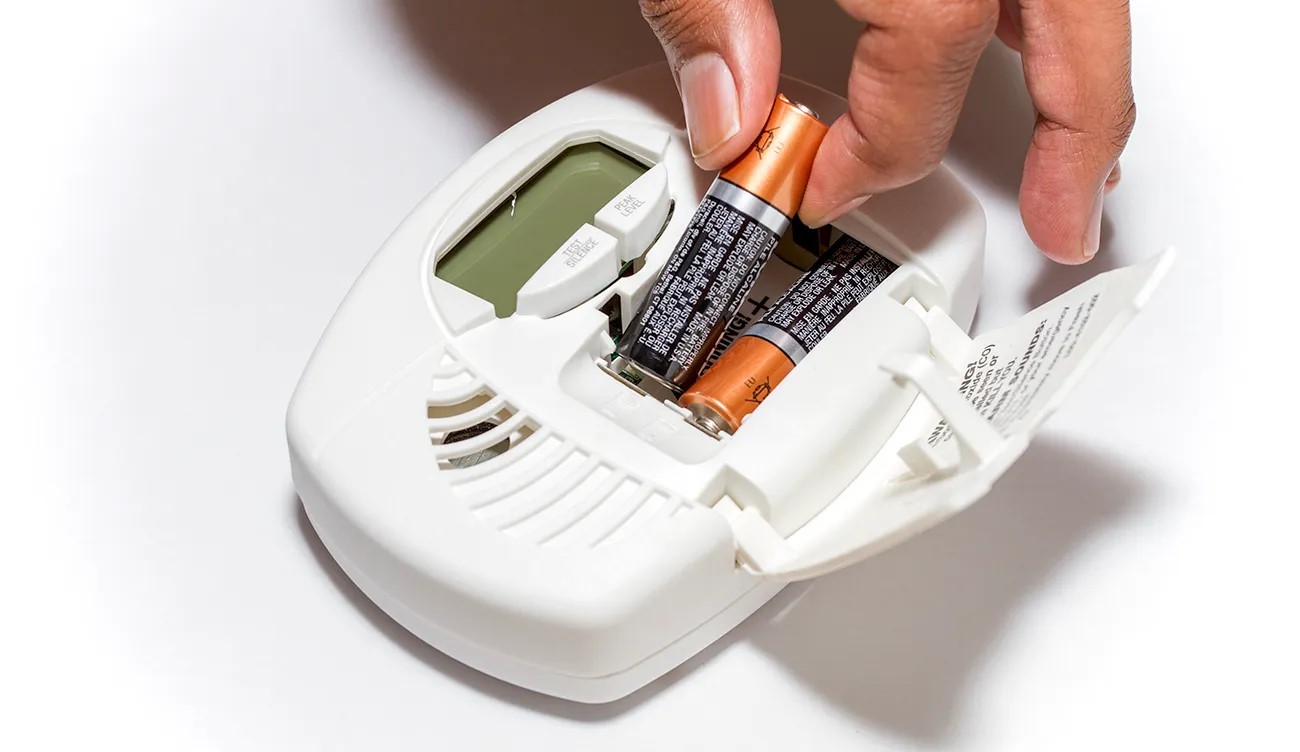
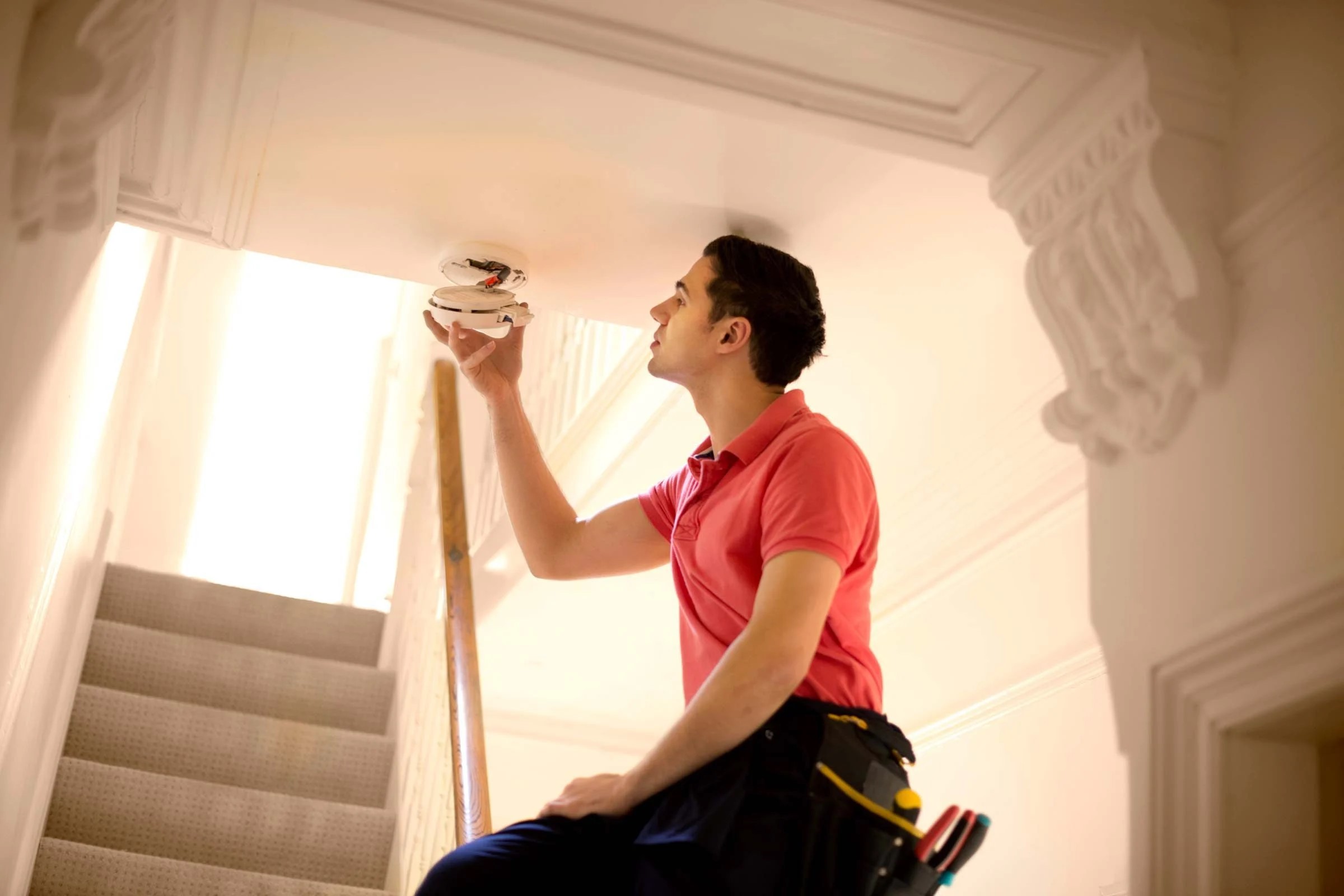
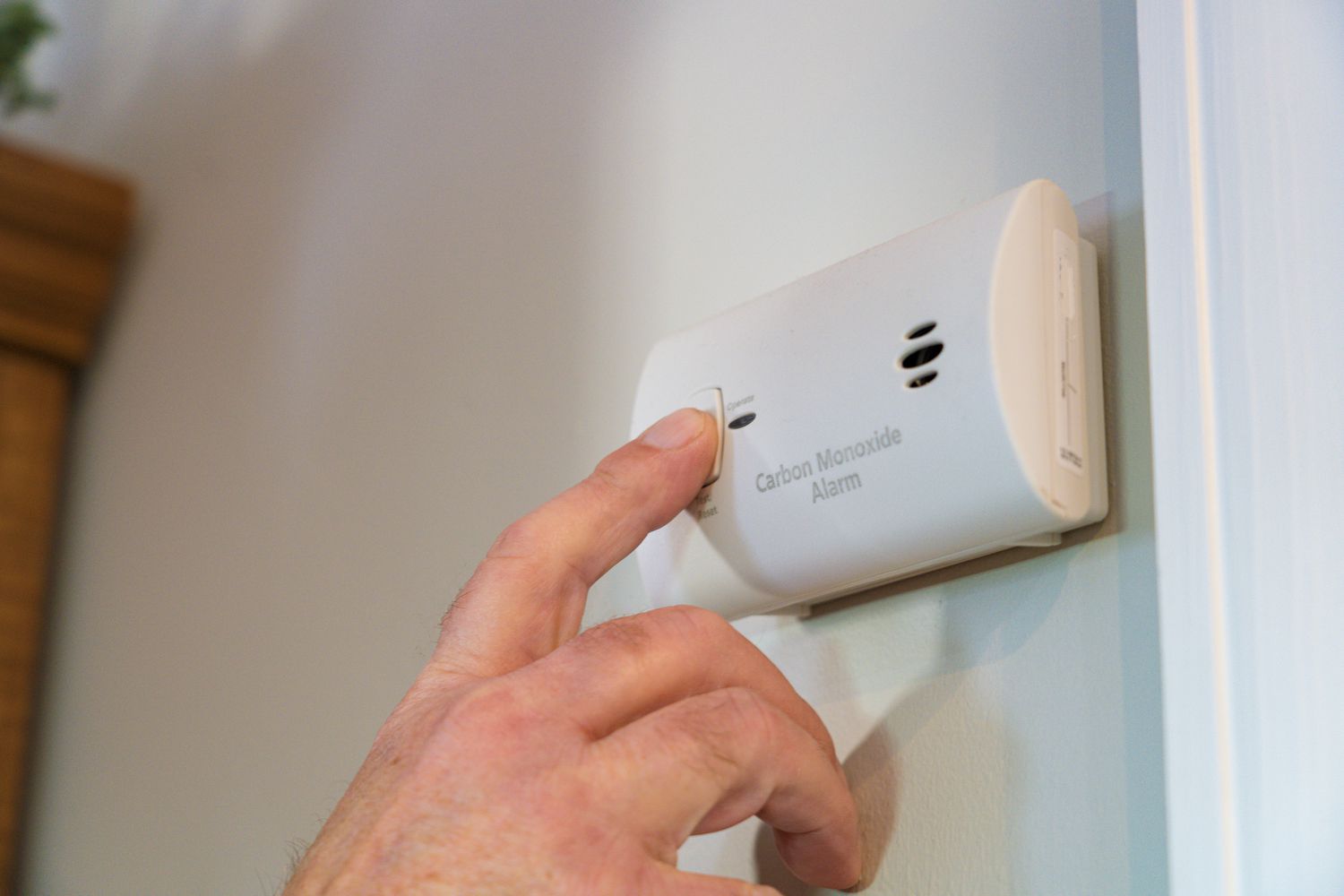
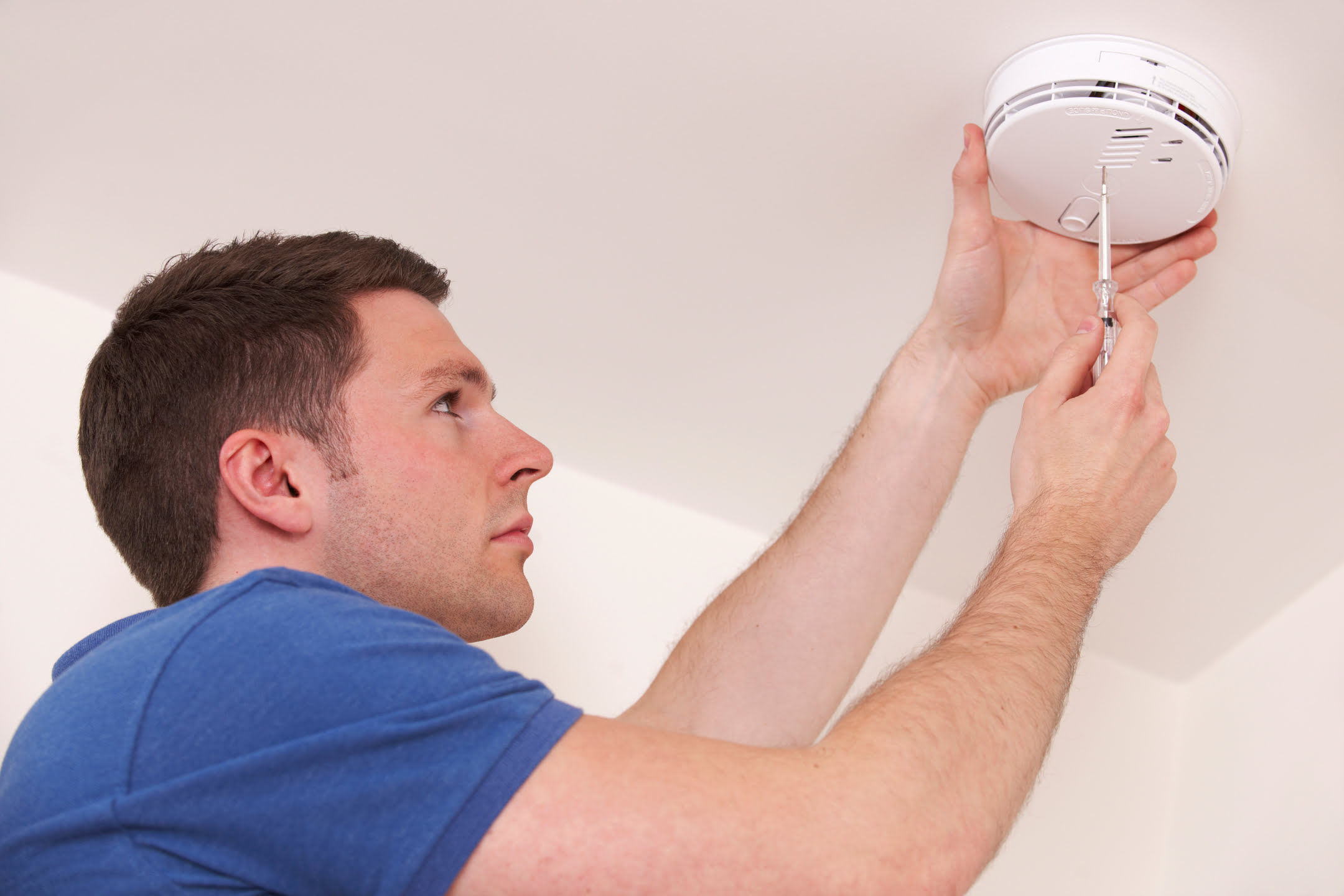
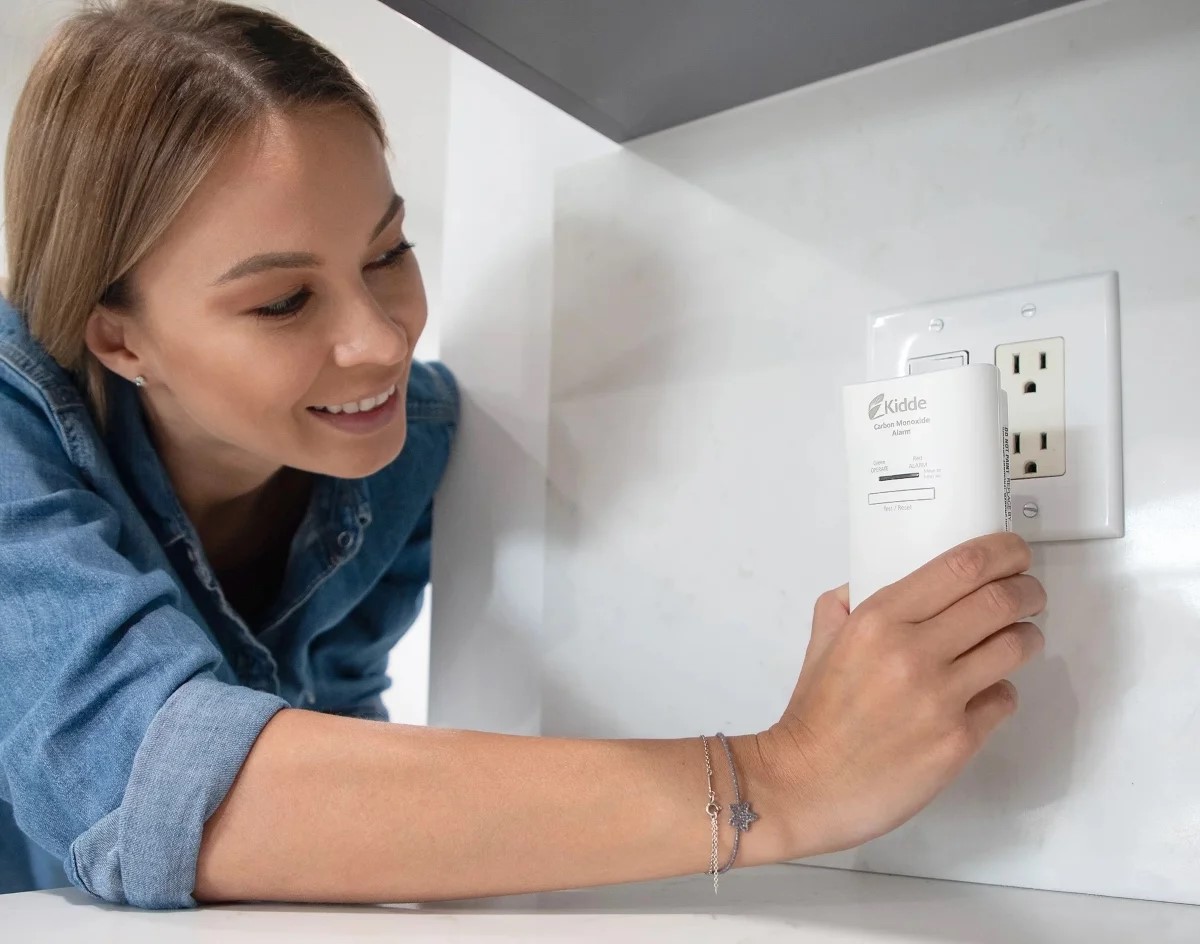
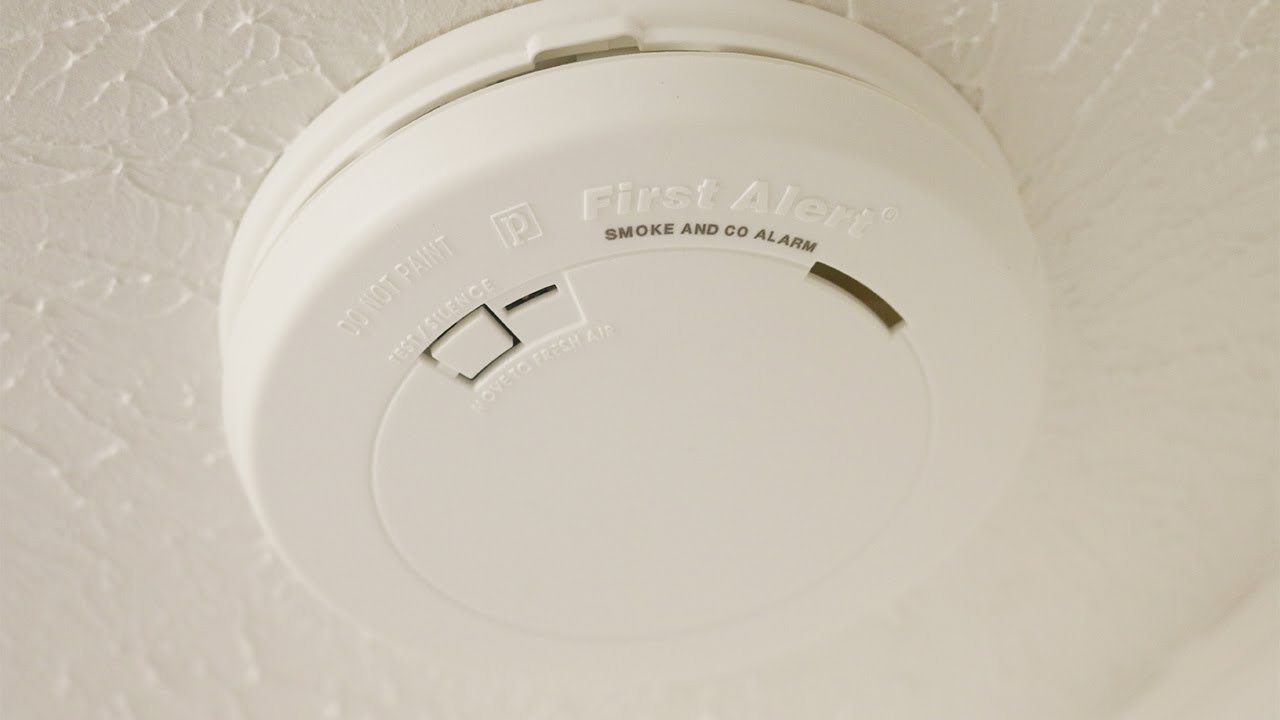
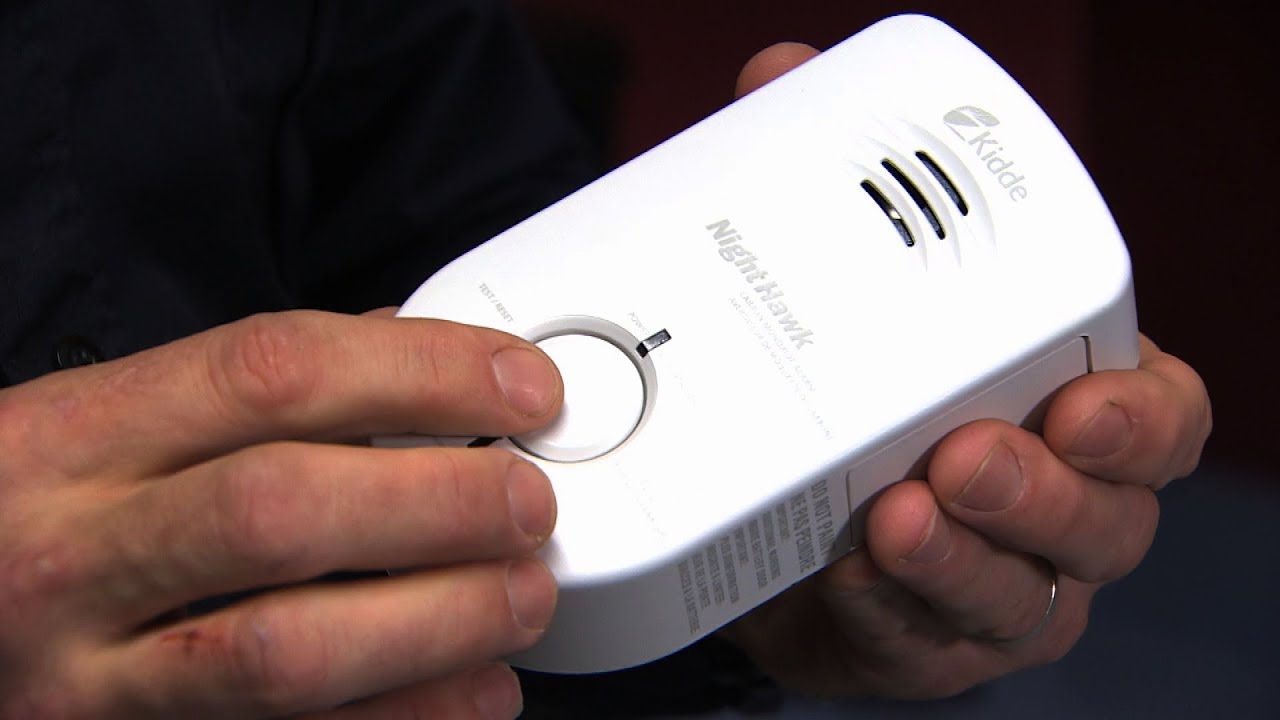
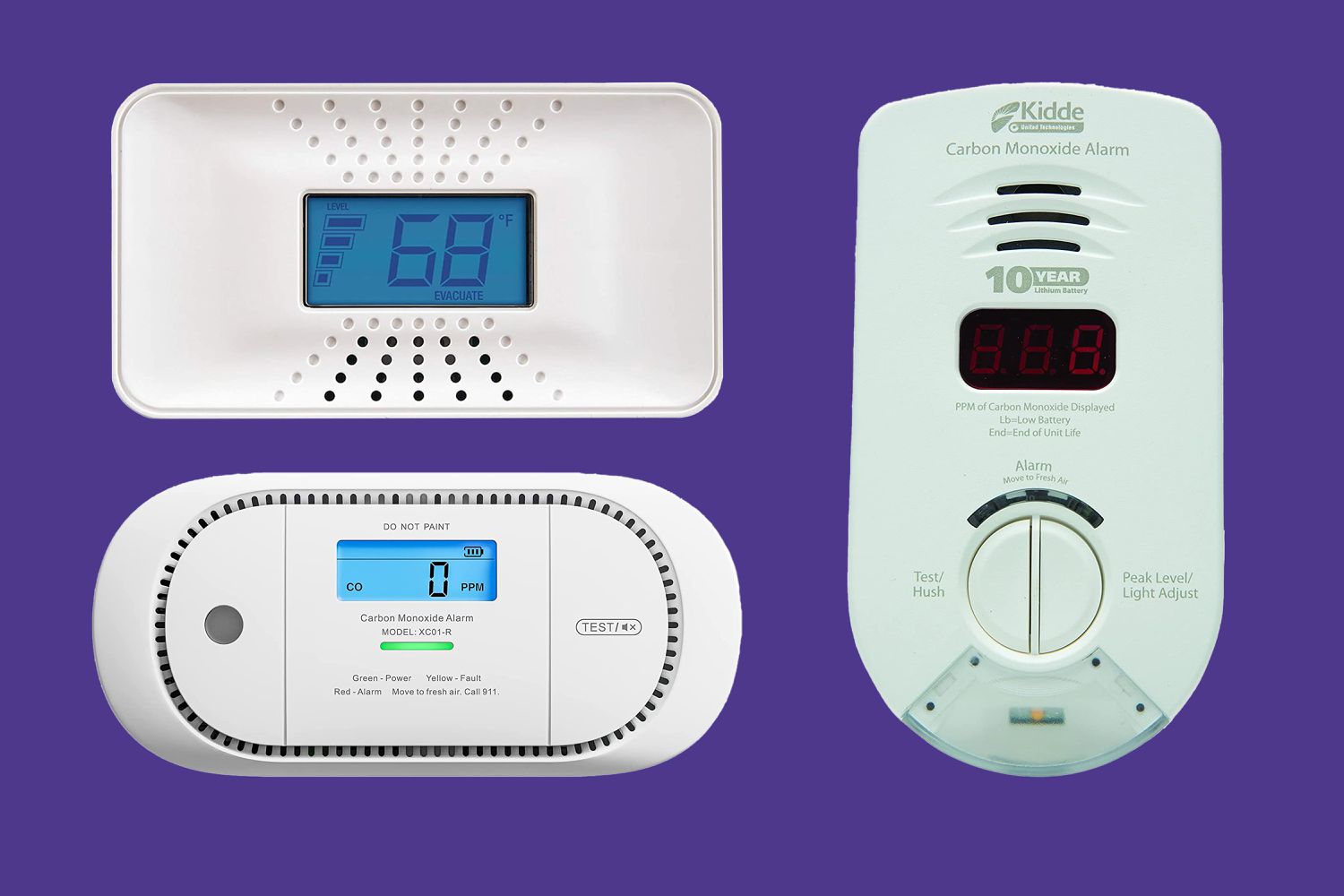
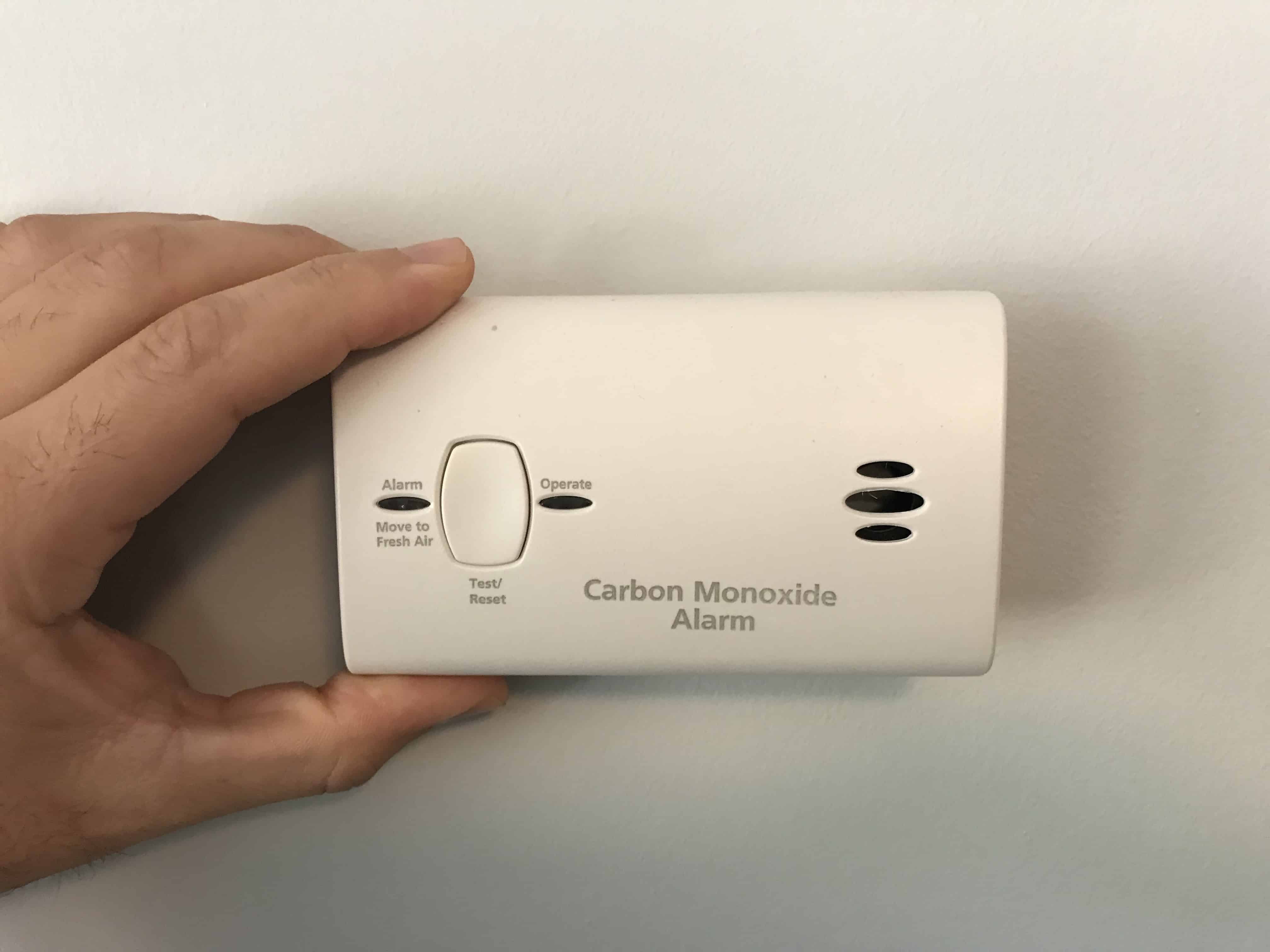
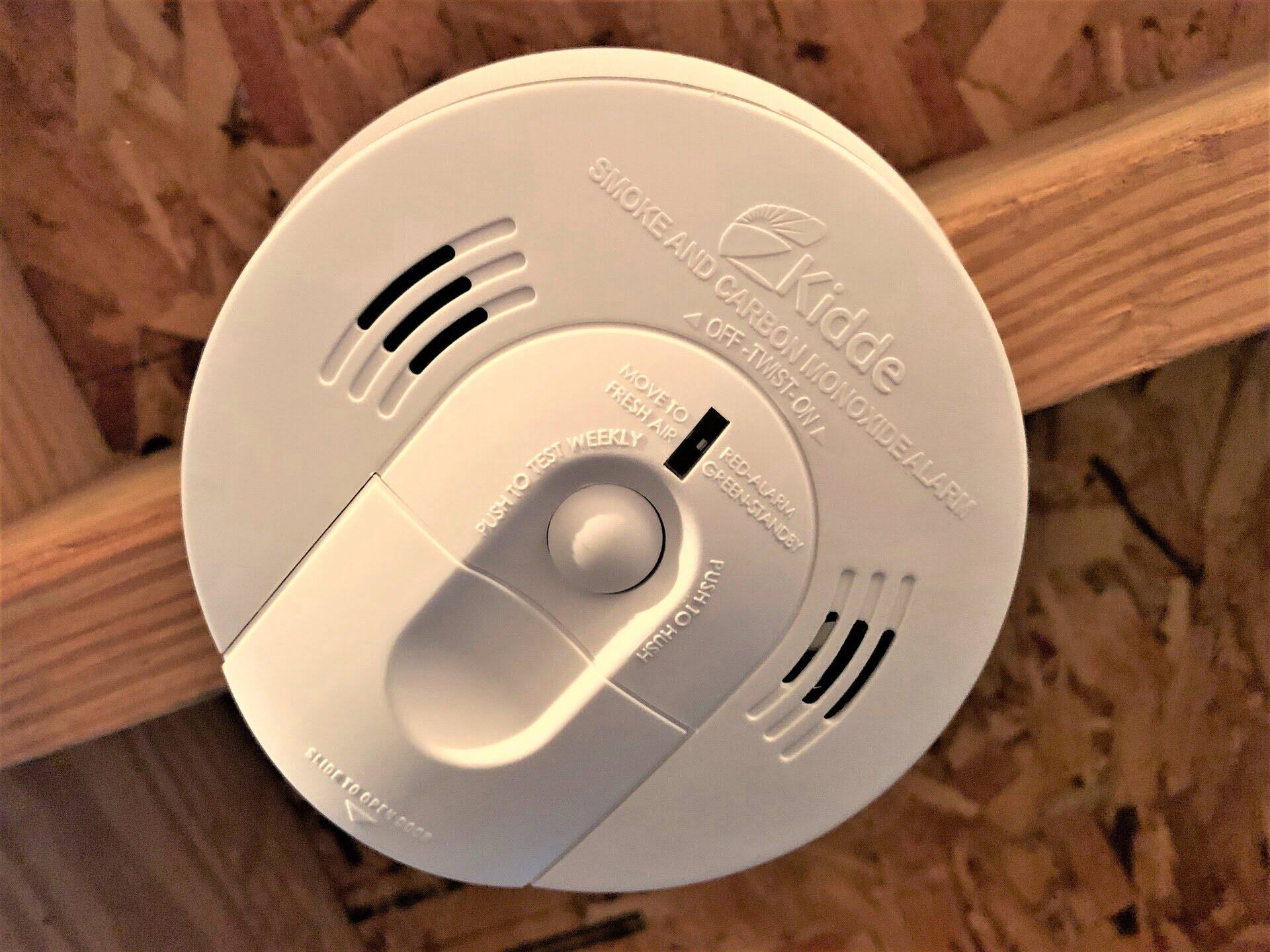
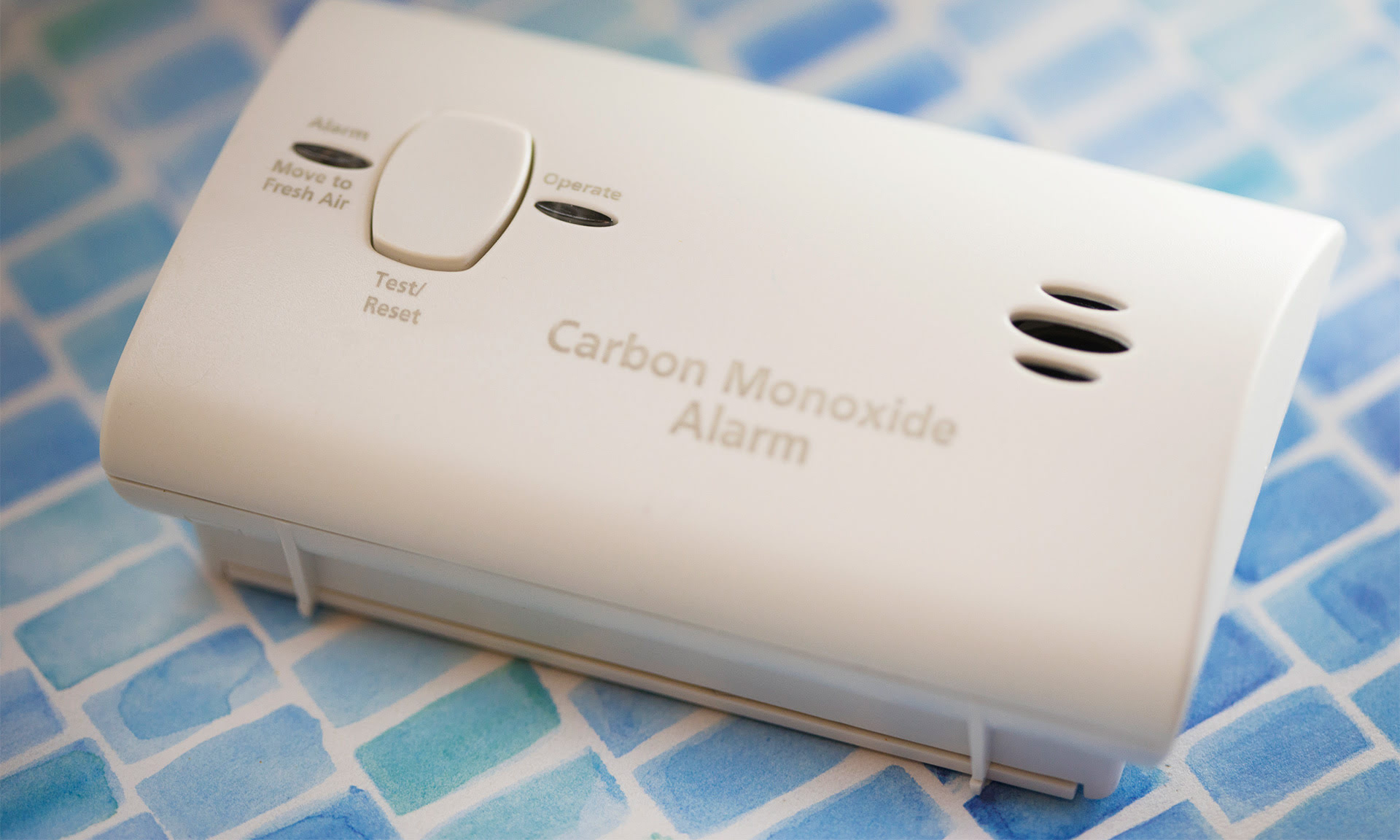
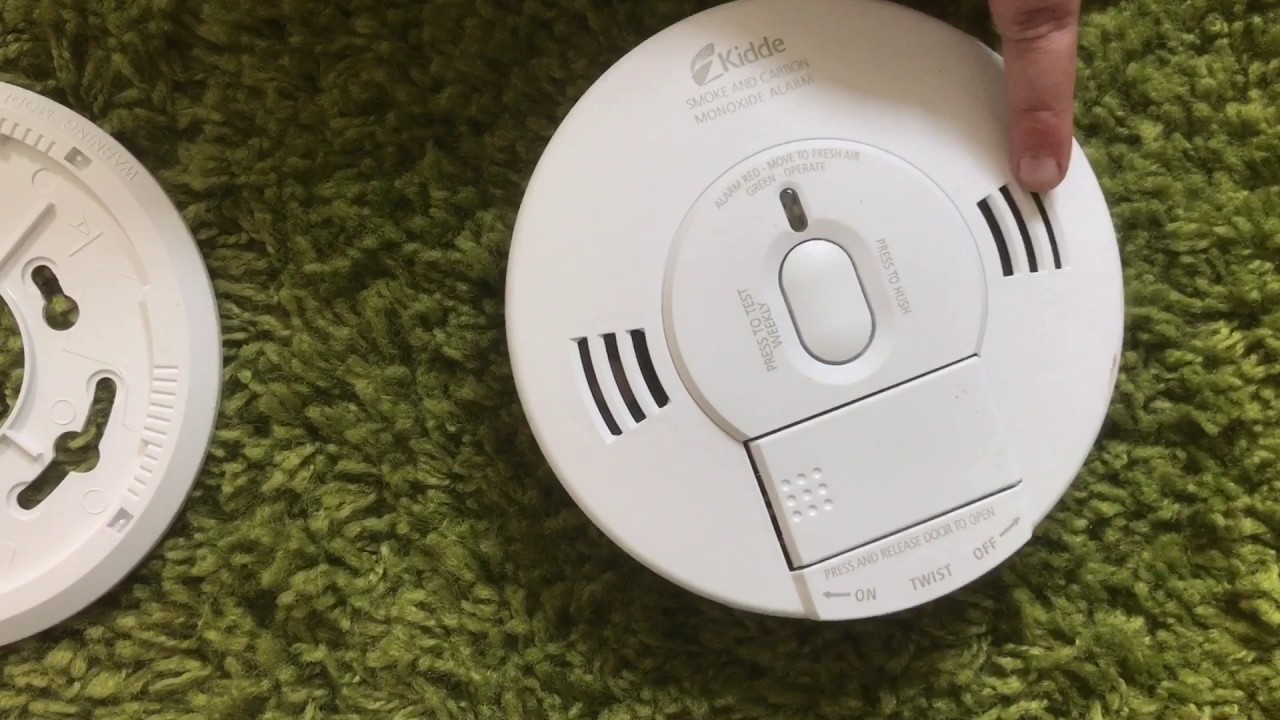

0 thoughts on “How To Know If You Have A Carbon Monoxide Detector”